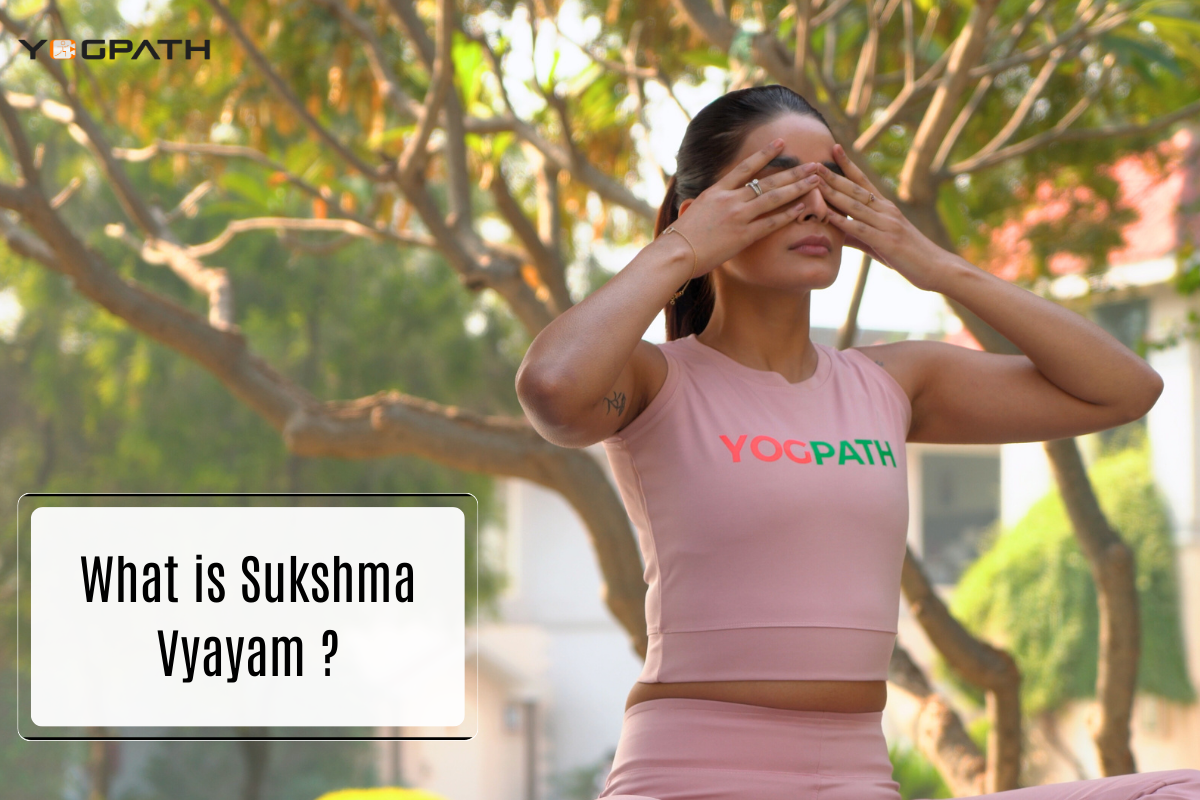
What is Sukshma Vyayam ?
Our joints provide us mobility by joining two bones together and allowing us to move. But bones alone do not entirely make up our joints, rather our joints contain substances such as cartilage and synovial fluid, which assist protect bones from grinding against each other, preventing them from degrading due to friction and erosion. We begin to experience problems like joint discomfort and arthritis if this cartilage begins to deteriorate as a result of old age, accident, or general wear and tear.
Sukshma Vyayam Joint Activation Techniques
The Sukshma Vyayam and Kriya yoga practices serve as the inspiration for many of the joint activation motions. Our toes are the lowest joint in the body, and it moves up to the neck. Every dynamic exercise is performed 5–10 times, while every static action is held for 5–9 breaths.
Sukshma Vyayam for Lower Body Joints
Toes
- Open and close like if you’re trying to use your toes to retrieve a hanky off the floor. Iterate 5–10 times.
- Lift your heels off the ground while standing on the balls of your feet, then lower them back down. Iterate 5–10 times.
Ankles
- Gently extend and point the foot. Iterate 5–10 times.
- Trace a complete circle with your feet by moving them first anticlockwise and then clockwise. Iterate 5–10 times.
Knees
- Hug and hold one knee to your chest and repeat the same with the second leg. For 5 to 9 breaths, hold each side.
- By bending the knee in a standing quad stretch with heels close to the hips, perform the previous exercise in reverse. For five to nine breaths, hold each side.
- If you find it difficult to balance on one leg, feel free to use a chair or a wall as support.
Yogi Squats
Yogi Squats are an excellent method to engage the ankles and knees. They target the knee and ankle joints and can be performed after you’ve individually activated each of these joints. Do them to the best of your ability; if you find it uncomfortable to squat all the way to the floor, stop halfway. To increase your ability to sit in the traditional Indian squat, you can also employ any of these adjustments, placing a rolled mat under your feet, or both.
Sukshma Vyayam for Middle Body Joints
Hips
Hip joint stress can be relieved by performing the Shishupal Asana, “Cradling the Baby Pose.” Pick up your right leg while seated and bring it toward your chest with the shin horizontal. Position your foot in the curve of your left elbow and your knee in the curve of your right elbow. Move your knee in a lateral motion. Once you’ve completed 5 to 10 repetitions, turn to the opposite leg.
Fingers and Wrist
- Make a fist with the fingers, then let go. Iterate 5–10 times.
- Make a fist with your thumb inside of it and rotate your wrists clockwise and then anticlockwise. Iterate 5–10 times.
Elbow
- Elbow curls. Bend your elbows to bring your fingers up to your shoulder while keeping your arms out at your sides and parallel to the floor. Iterate 5–10 times.
- With your arms out in front of you, repeat the exercise.
Sukshma Vyayam forUpper Body Joints
Shoulder
- Rotate your shoulders while holding your arms straight or bent. Iterate 5–10 times.
Neck
- As you turn your head from side to side, softly time your breath with the motion. Iterate 5–10 times.
- Look straight ahead and droop your right ear toward your right shoulder. (Remember that in the typical range of motion, your ear won’t be able to touch your shoulder. Don’t attempt.) On the opposite side, repeat. For five to nine breaths, hold each side.
Please use caution when doing these movements, as the cervical spine is an extremely sensitive region. Do things carefully while keeping your eyes open and being vigilant. However, caution is required if there is any underlying injury, and any physical activity should only be undertaken after consulting your physician.











